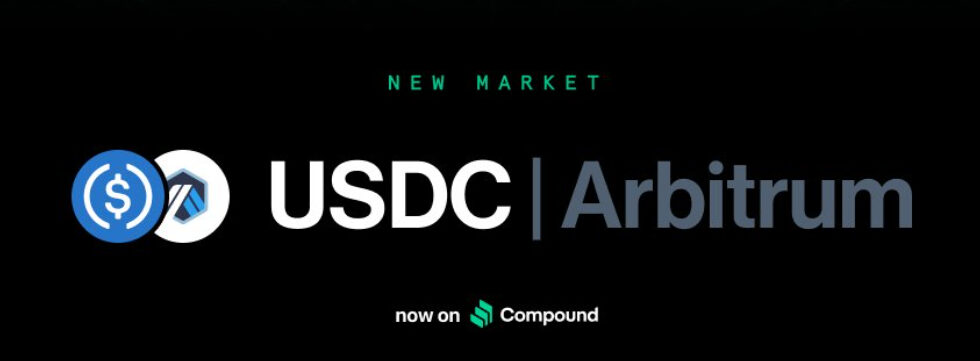Compound Finance, the decentralized finance protocol that allows the lending and borrowing of cryptoassets between individuals and without a trusted third party, is now compatible with the so-called overlay solution (layer 2), Arbitrum.
It is now possible, for users of the Compound platform, with a single click on their “dashboard”, to use the Arbitrum solution. The news was announced on Tuesday, May 16.
This integration between Arbitrum, the second layer protocol for Ethereum, and Compound Finance, a protocol for lending and borrowing cryptoassets, will delight the hearts of decentralized finance enthusiasts.
At the time of writing, Arbitrum’s “Total Value Locked” or TVL (which is the sum of all funds on the platform) stands at $2.41 billion. For comparison, its competitors Polygon and Optimism, have a TVL of $977.43 and $880.05 million respectively. A palpable difference.
For now, Compound users who want to go through Arbitrum can only use a few cryptocurrencies: Ethereum (ETH), Arbitrum (ARB), Wrapped Bitcoin (WBTC), and GMX (the token powering the decentralized exchange of the same name).
The importance of L2s and their competition
Transaction fees, in the world of decentralized finance, are an eternal subject of dissatisfaction. The latter, to put it simply, increase when the blockchain is congested. Similarly, when you leave the car engine running because you are stuck in a traffic jam, you consume more gas, similarly, on Ethereum, when too many transactions arrive on the network, a “traffic jam” is created the costs of “gas” increase.
Hence the crucial importance of second layer solutions (layer 2), which reduce transaction costs by decongesting the Ethereum network, on which they are somehow superimposed.
The current year is marked by an effervescence around second layer technology. We have seen in just five months, the launches of various governance tokens, in addition to the emergence of the first solutions based on “rollups” enabled by the cryptographic concept of “zero knowledge”.
Compared to so-called optimistic “rollup” solutions, such as those offered by Arbitrum and Optimism, “zk-rollups” use significantly more complex cryptography. Starknet, Polygon’s zkEVM, and zkSync fall into this market segment.
These solutions use rollups, which aggregate transactions outside the main Ethereum chain and then convert them into a small data set. This small set of data, called proof, is what Ethereum ultimately validates.
In this way, the main chain remains relatively fluid, which keeps “gas” costs relatively low.
As a reminder, the founder of Ethereum, Vitalik Buterin, wrote two years ago:
Arguably the most powerful cryptographic technology of the past decade is general-purpose zero-knowledge succinct proofs, commonly referred to as zk-SNARKs (“zero-knowledge succinct arguments of knowledge”). A zk-SNARK allows you to generate proof that a computation has a particular outcome, such that the proof can be verified extremely quickly even if the underlying computation takes a long time to run.
What make the Ethereum network more fluid, in short.
